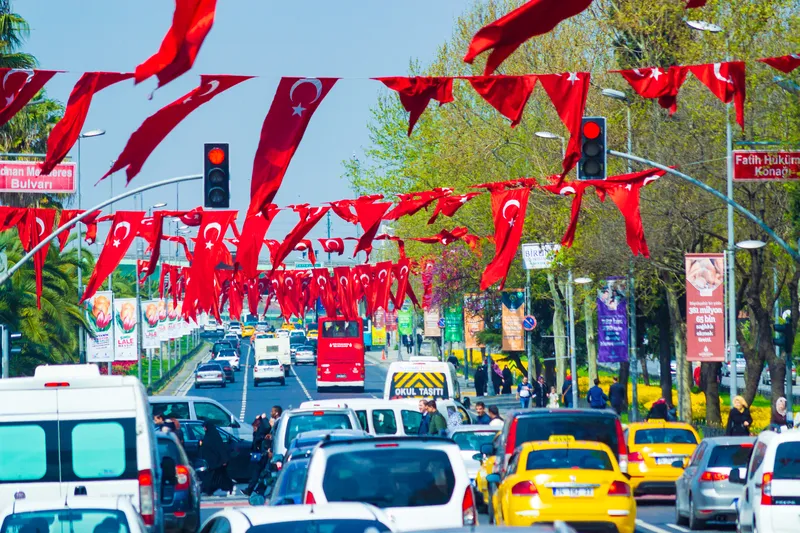Denso Corporation, in collaboration with Tongji University, Shanghai, will begin testing vehicle-to-vehicle and vehicle-to-infrastructure (V2X) technology on public roads in Taicang, Jiangsu Province, China on 22 March , 2012.
March 19, 2012
Read time: 2 mins
V2X technology will be used to wirelessly communicate the vehicle position and speed of emergency vehicles, such as ambulances and fire engines, to the surrounding vehicles and roadside infrastructure. When an emergency vehicle is approaching, the technology will change the traffic light at intersections and alert surrounding vehicles to switch lanes. The experiments are intended to give the right of way to authority vehicles in case of emergency and to help prevent vehicle collisions.
“Due to the rapid increase in vehicles on China's roads, chronic congestion and safety are the two largest issues, particularly in the larger cities,” said Yasushi Yamanaka, Denso's executive director in charge of the engineering R&D centre. “V2X technology, which allows cars to wirelessly communicate with other cars and roadside infrastructure, such as traffic signals, is expected to help alleviate traffic congestion and help prevent collisions.”
At its test track in Japan, Denso has simulated an urban road environment to check the communication performance and to develop and evaluate applications with actual vehicles. The results have been used to develop in-vehicle devices which have been provided to various demonstration experiments involving collaboration among automakers and government agencies in Japan, the US, and Europe.








